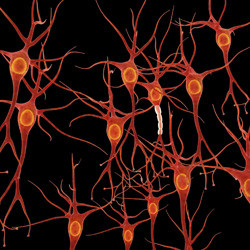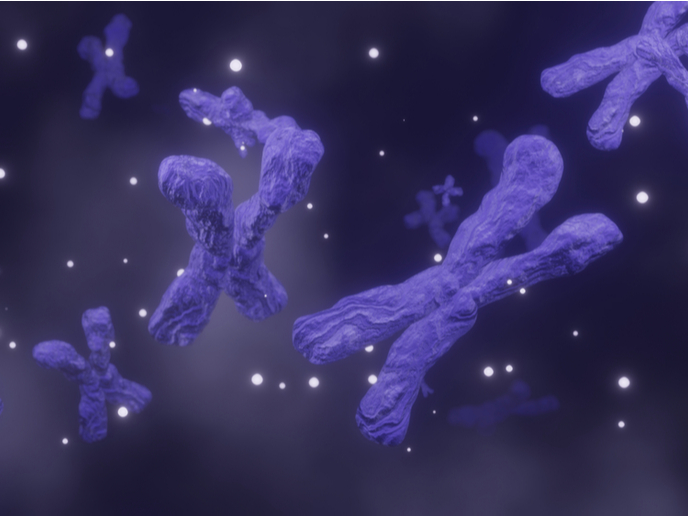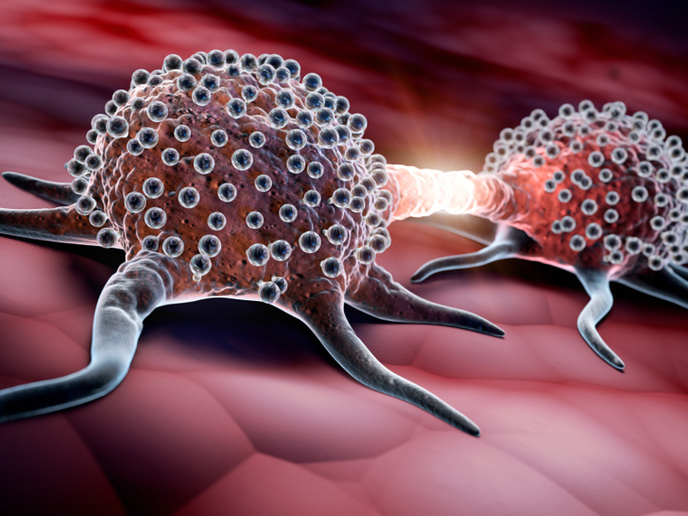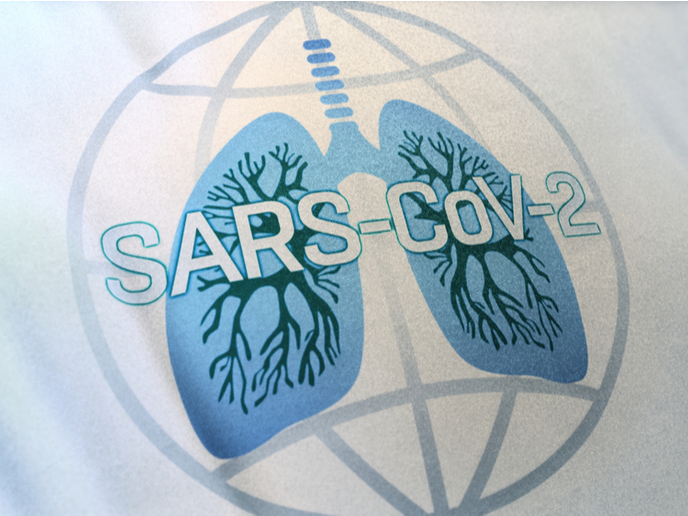Imaging water movement in tissue
Diffusion tensor imaging (DTI) is a magnetic resonance imaging-based technique. It can be used to map the diffusion of water in three dimensions as a function of spatial location and to describe differences in diffusion rate along all three axes (anisotropy). Despite its growing popularity for research and clinical applications, the actual mechanisms affecting the diffusion tensor are not clear. Theoretical models of displacement fail to predict the water movement and some reports have suggested that neuronal activity can modify it. With EU funding, the project MMDTIAN employed three different types of imaging on neuronal cell culture to investigate that possibility. The use of organotypic cell cultures having more than one cell type in a 3D tissue network mimics the in situ situation without noise from blood flow. The unique experimental paradigm employed excised vital newborn rat spinal cord. Researchers showed for the first time that enhanced neural activity affects water displacement in a way that is not merely a side-effect of blood oxygenation levels, supporting a potential mechanical role. This groundbreaking demonstration won several awards for innovation and led to an important publication in a peer-reviewed scientific journal. In addition to biomedical applications, diffusion plays a role in many industrial devices. The team developed a novel method to estimate pore size distribution from multiple diffusion-weighted nuclear magnetic resonance (NMR) imaging measurements. It provides access to experiments and results previously not achievable and has also led to several publications, including one for applications to porous polymers. Finally, the team developed faster and better imaging using an inexpensive, mobile unilateral NMR scanner. The mobile NMR led to several papers and is currently being used in a clinical application through another project. The MMDTIAN project has significantly advanced our understanding of the mechanisms behind an important new imaging technique, DTI, and applied it with impressive results. Outcomes are touching a variety of fields and opening a new window on the world around us.
Keywords
Imaging technique, diffusion tensor imaging, water movement, neuronal cell culture, biomedical applications







